Ultrafast Laser Pulse Characterization
Reliable, Innovative, High Quality Solutions for Raman Spectroscopy Challenges
The Raman effect is based on inelastic scattering of light and won its’ discoverer Sir C.V. Raman the Nobel Prize in 1930. His initial experiment involved sunlight, a narrow band filter to create monochromatic light and another filter to block stray light. However, the technique failed to gain traction due to its low sensitivity, until the advent of lasers in the 1960s. The use of lasers enabled focusing intense light onto very small samples, greatly increasing sensitivity.
Today’s Raman spectrometers use sophisticated lasers and optoelectronic devices. The technique is used widely across a variety of industries for applications ranging from powder/raw material analysis in the pharmaceutical and cosmetics industries to purity and composition analysis in semiconductors. Raman provides information about molecular vibrations that can be used for sample identification and quantitation. The sample is illuminated with the laser beam and the laser light interacts with molecular vibrations in the sample, resulting in energy of laser photons being shifted up or down (usually down). This shift in energy gives information about vibrational modes in the sample. The intense scattered laser light (noise) and the much dimmer Raman shifted light (signal) from the illuminated spot is collected with a lens and sent through a monochromator/optical assembly and passes the Raman-shifted light that is collected onto a detector.
The choice of lasers and optical components is extremely critical to the proper operation of the Raman spectrometer. High-quality optical components such as lenses, mirrors, gratings and filters increase collection of the Raman-shifted light and minimize scattered laser and stray light, thus improving detection sensitivity and signal-to-noise ratio. This allows the study of low frequency vibrations. A compromise in quality of these components could result in poor wavefront characteristics adversely affecting resolution and instrument efficiency. Quality of the laser directly affects instrument sensitivity, thus impacting quality of collected data and proper material identification. Carefully selected optical components will keep the Raman spectrometer running reliably for a long time and lower the cost of ownership over the lifetime of the instrument.
New Challenges in Raman Spectroscopy
Because Raman spectrometers are used in a wide variety of applications, data specificity, short measurement times and instrument uptime are very important to customers. Increasingly, Raman spectrometers are coupled with other high-end analytical techniques to create very sophisticated 3D imaging systems such as Raman-Optical Coherence Tomography and Raman-Scanning Tunneling Microscopy. In addition, there is significant R&D activity around the use of Raman spectrometers for biomedical applications. Modern Raman instruments must therefore work flawlessly in order to address today’s most pressing challenges:
- Smarter, miniaturized spectrometers with intuitive walk-up operation
- Higher sensitivity, quick analysis time, and more rugged construction
- New applications such as cell screening, protein investigation and disease diagnosis
- Zero tolerance for erroneous readings, component malfunction and downtime
The use of Raman systems for applied research in nanomaterials development is also gaining traction. The technique provides invaluable data on sample quality and homogeneity, making it the choice for customers in universities and research as well as in the industry.
Solutions for Raman Spectroscopy
The quality of lasers used in Raman spectrometers can directly affect instrument sensitivity and product life. Superior quality lasers improve instrument resolution and sensitivity and minimize the need for frequent service. With critical applications in life sciences and semiconductor industries, any error in data generation can cost hundreds of thousands of dollars in lost productivity. Spectra-Physics® lasers offer the broadest portfolio of state-of-the-art CW, pulsed UV and ultrafast lasers and deliver exceptional stability and reliability. Available in over a dozen wavelengths, various power levels and configurations, Our portfolio of CW lasers offers low noise and exceptional stability in a compact, integrated package and is well suited for Raman spectroscopy applications.
The optical components within the Raman spectrometer include filters, mirrors and diffraction gratings that are some of the most critical parts of the instrument. These components have a direct impact on light quality, minimal scattering, and instrument performance. Inferior quality components could result in degradation of resolution and efficiency which in turn cause low signal throughput. Backed by 50 years of optical design and applications expertise, our optical components offer unparalleled precision and performance. We have a wide variety of precision optics and diffraction gratings, IR and laser optics, as well as replicated optics, available off-the-shelf or custom designed to solve today’s most challenging Raman spectroscopy applications.
Sample stability during the analysis is very important as the laser and other optical components are precisely aligned to transmit and reflect light in a highly controlled way. Even the slightest vibrations could compromise the analysis especially the ability of the system to differentiate between two closely adjacent wavelengths. Our breadth of optical tables and vibration isolation systems offer superior active and passive vibration isolation performance. With tabletop platforms that can be tailored to the application footprint, customers can be confident that their Raman systems are mounted on the world’s most reliable tables.
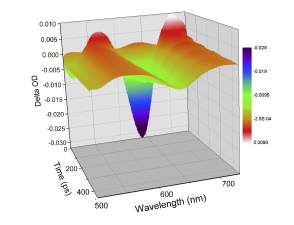
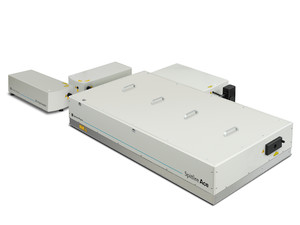
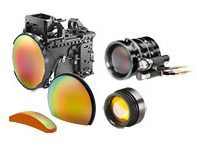

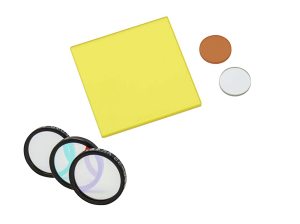
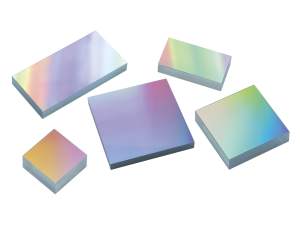
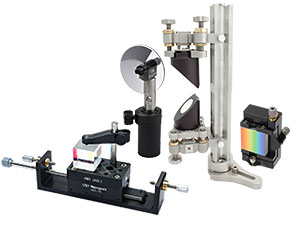
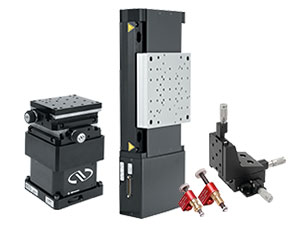
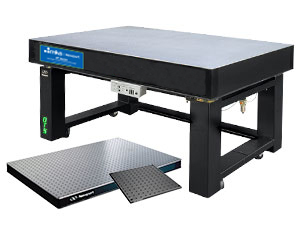
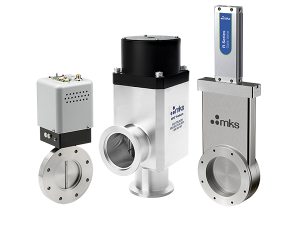
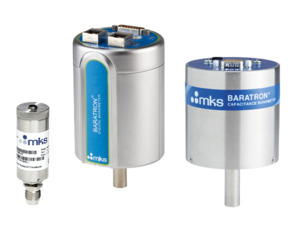
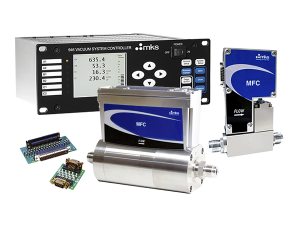
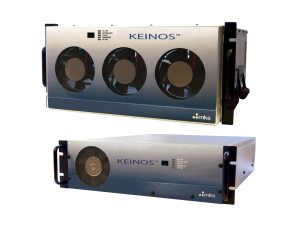
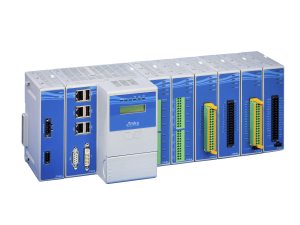
 Ultra-High Velocity
Ultra-High Velocity